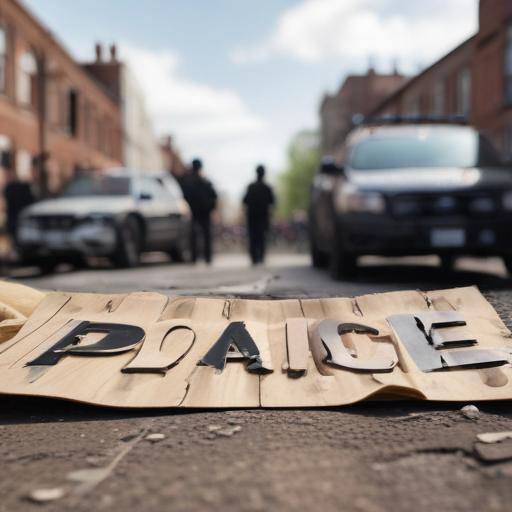Tensions escalated at protests in downtown Los Angeles over the weekend, marking the third consecutive day of demonstrations primarily against federal immigration sweeps. Law enforcement, including LAPD officers wielding “less lethal” riot guns, faced a mix of peaceful protesters and individuals instigating violence.
The LAPD, led by Chief Jim McDonnell, distinguished between those exercising their First Amendment rights and a smaller group he described as “masked anarchists,” who engaged in violent actions to exploit the unrest. Reports indicated that some participants, armed with hammers, broke cinder blocks to create projectiles for attacking police, while others launched commercial-grade fireworks into the crowd.
The protests shifted focus as violence and property damage, including vandalism of autonomous Waymo taxis and businesses, overshadowed the initial call for justice regarding immigration policies affecting predominantly Latino neighborhoods. Chief McDonnell highlighted the challenge, stating the number of arrests made would likely be dwarfed by additional individuals identified through ongoing video investigations.
Amidst the chaos, the California National Guard and Department of Homeland Security troops were deployed to manage the crowds, leading to confrontations that saw pepper balls and tear gas used against demonstrators. Conflicts escalated with reports of protesters attempting to block vehicular paths, and the use of makeshift barricades in efforts to confront law enforcement.
In a tragic turn, violent outbursts marred what began as a peaceful protest, with looting reported by nearby businesses late Sunday night. Despite the chaos, some voices within the crowd, such as that of Julie Solis, sought to promote a message of peaceful resistance against aggressive tactics from law enforcement, echoing a desire for constructive dialogue instead of confrontational engagements.
This incident highlights the complexities surrounding protests in urban areas where a wide range of agendas can collide. While the majority of individuals may seek to voice concerns peacefully, the presence of violent factions can skew public perception and overshadow the original messages of social justice. It’s crucial for cities to address both the root causes of such unrest and the actions of those who seek to disrupt peaceful dialogue.
As the investigations and discussions continue, it is essential for community leaders and law enforcement to engage with residents to ensure their voices are heard and that future protests can focus on constructive change instead of chaos.
